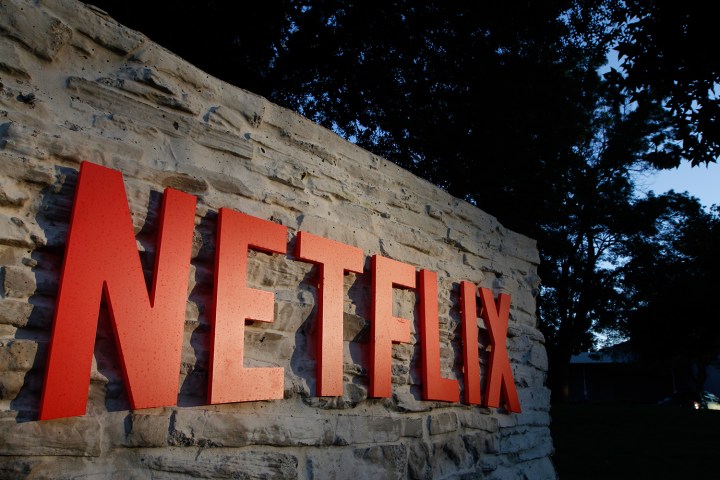
While Netflix has had two price increases in recent years — the October 2015 increase followed an increase in May of 2014 from $8 to $9 — until now, existing subscribers have been grandfathered in with the lowest price. However, those chickens will come home to roost in May, when even longtime users will see their bills go up.
Business Insider reports that 17 million standard account subscribers will be subject to a $10 monthly fee starting next month — a $2, or 25 percent increase. This amounts to about 37 percent of U.S. subscribers, most of which aren’t even aware of the impending changes. A JPMorgan survey showed that 80 percent of “un-grandfathered” subscribers won’t know what hit them.
Analysts at investment firm UBS estimate that 3-4 percent of subscribers will cancel following the price hike, while yet another JPMorgan survey places the numbers higher at 15 percent.
New subscribers to Netflix get a month free, after which they can choose a plan. The Basic plan costs $8 and can be viewed on one screen at a time and has no HD video support. The Standard plan adds $2 and gives you HD capability for two simultaneous devices. Finally, the Premium package offers Ultra HD support and can be viewed on up to four screens at once.
Related Offer: Stream any television show or movie with Amazon Fire TV
Even with the increase, Netflix’s Standard plan is still less expensive than Hulu’s current commercial-free plan, which comes in at $12 per month. Showtime’s Over-The-Top streaming service costs $11, while HBO Now will set you back $15 per month.
While users will no doubt be less than thrilled about the latest increase, Netflix’s “price per hour of entertainment” is also priced far less than what you’d spend on pay TV. At the current rate, Netflix costs an average of around $.09 per hour of viewing, while a standard TV package costs $.30 per hour, according to UBS.
Moreover, investors seem to like it when Netflix jacks up the price. Since the streaming giant spends billions on content each year, for both licensed and original content, the company is just barely profitable right now. A 25 percent price bump is a huge increase in the grand scheme of things for Netflix’s monthly revenue tally, yet most users won’t notice a couple of dollars on a monthly statement.
Still, the company has to be careful about making sweeping changes. The streaming market has never been more competitive, with rivals Amazon and Hulu gunning for Netflix with each new acquisition and original series. It will be interesting to see how things pan out after this latest price increase. But — with over 75 million subscribers worldwide — Netflix doesn’t appear to be too concerned about losing a few stragglers in the aftermath.
Editors' Recommendations
- Like the Netflix hit series Baby Reindeer? Then watch these 3 great shows now
- The 10 most popular TV shows on Netflix right now
- What’s new on Netflix and what’s leaving in May 2024
- Stop! And watch these 3 great movies leaving Netflix by May 1
- Everything coming to Netflix in May 2024


